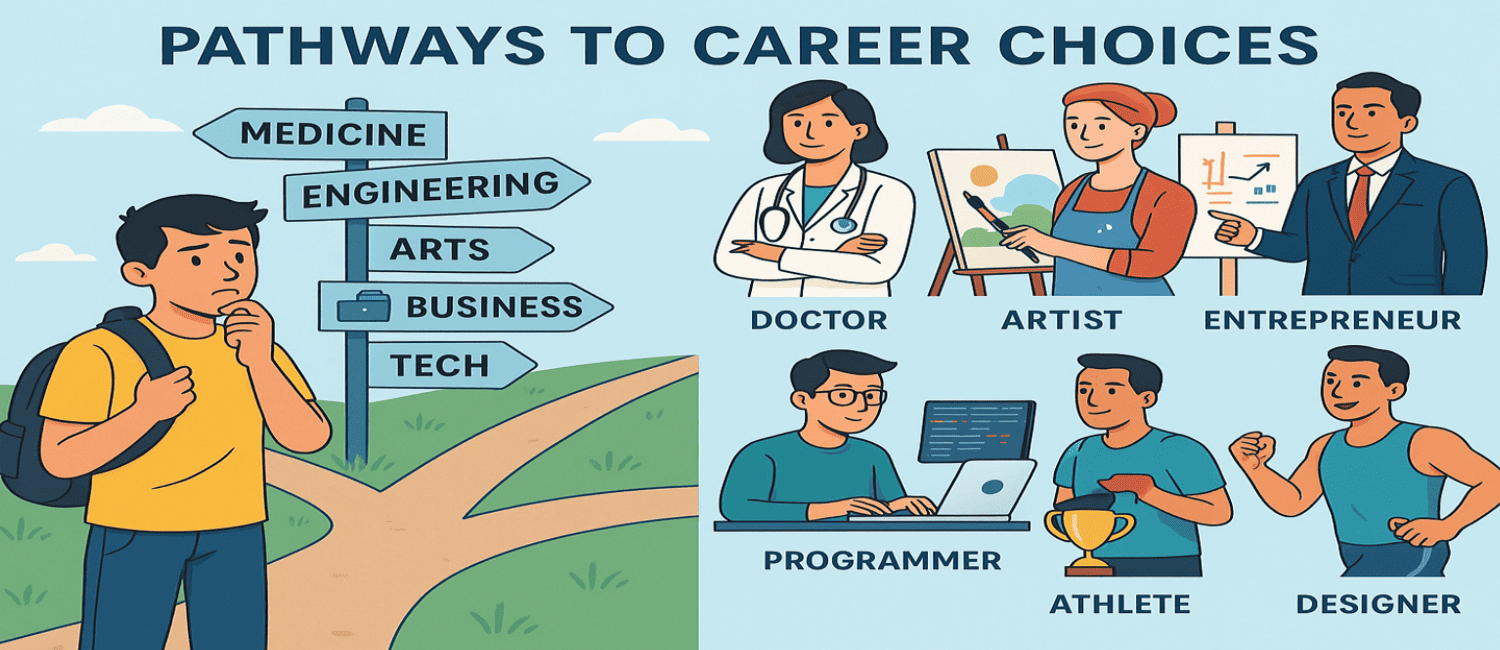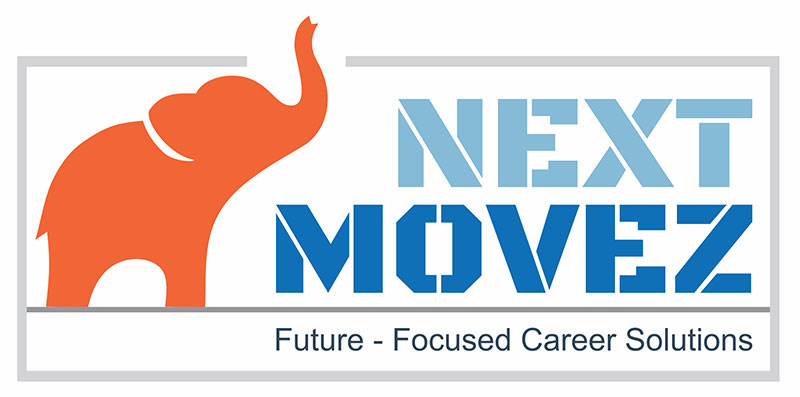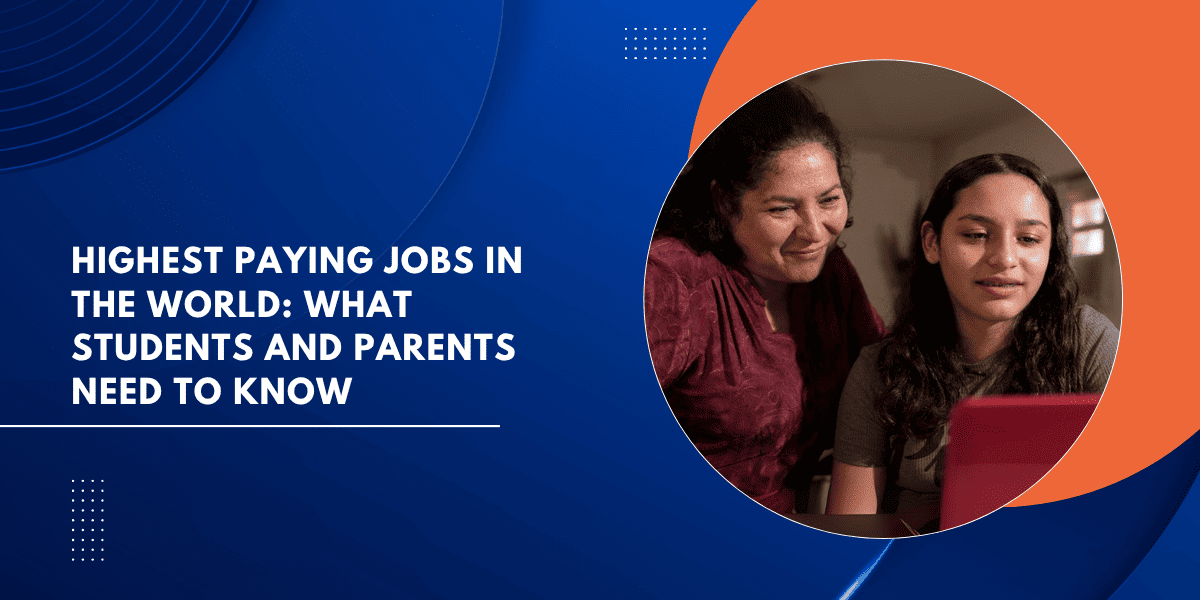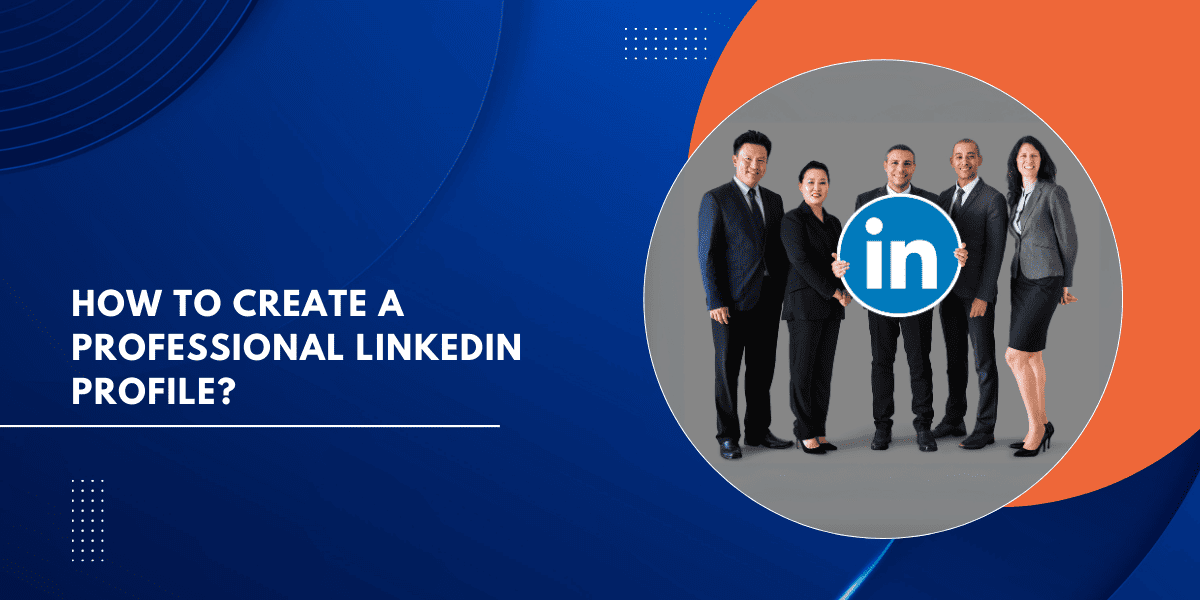By Preethi Durga, Career Strategist & Mentor
Introduction: What If My Child Misses Out on a Better Life?
As a parent, you’ve likely asked yourself—“What if my child chooses a path that limits their potential?”
Not just in terms of success, but in the ability to live comfortably, travel freely, support their future family, or take risks without fear.
That silent fear—that they’ll work hard but still struggle financially—is more common than we admit.
Now here’s something most don’t realize:
Teen brains are wired for passion, not practicality. The prefrontal cortex—the part that processes long-term consequences—is still developing well into their 20s. So when your teen says, “I just want to do something I love,” it’s not immaturity—it’s neuroscience.
But here’s where guidance matters.
When we help students align their interests with industries that offer both meaning and money, we’re not forcing them—we’re future-proofing them.
And this matters, because global reports show that the top 10 paying jobs in the world today are evolving faster than ever, often blending science, tech, finance, and creativity.
So instead of pushing your teen toward the “most well paid jobs,” what if we explored which high paying careers match their mindset, personality, and goals?
Let’s reframe this journey—not as a race toward money, but a thoughtful path to freedom, fulfillment, and financial peace of mind.
Shall we take that first step together?

Beyond Salary Charts: How to Make Smart, Aligned Career Choices
When we hear the phrase “highest paying jobs in the world,” our minds immediately jump to doctors, CEOs, or software engineers. And yes, these often top the list.
But here’s a myth worth busting:
“Just pick the job with the highest salary. Passion can come later.”
In reality, choosing a career only for the paycheck is one of the biggest reasons people feel burned out by their 30s. I’ve coached students who got into investment banking for the income—only to feel anxious, exhausted, and ready to quit five years in.
Now let’s look at a lesser-known truth: Top earners aren’t always in the most obvious jobs—but in roles that combine rare skills with relevance.
For instance, a UX designer with psychology and coding skills can out-earn a traditional engineer because they solve high-stakes problems in industries like health tech or fintech.
Or a sustainability analyst working in the energy sector—someone who blends environmental science with data analysis—can land in the top 10 most paid jobs within a decade because the market demand is skyrocketing.
To truly land one of the highest paying jobs in the world, students need to think beyond “what looks good on paper.” Here’s how I guide families to reframe their career strategy:
1. A Growing Industry: What the World Needs
High-paying jobs don’t exist in a vacuum—they emerge where market demand is high.
Whether it’s AI, climate tech, digital healthcare, or cyber security, industries that are scaling rapidly tend to pay more for talent. Helping your child spot these trends early is key.
Example: A student interested in biology doesn’t have to stop at medicine. Fields like genomics, nutrition science, or biotech research are booming and offer some of the most well paid jobs globally.
2. A Rare Skillset: What Few People Can Do Well
The market rewards scarcity. If your child develops a rare combination of skills—like finance + coding, psychology + design, or data + ethics—they’re far more likely to earn a premium.
Example: A student who combines storytelling with technical skills might become a high-paid brand strategist in tech—often overlooked, but among the top 10 paying jobs in the world in some sectors.
3. Personal Alignment: What Your Child Can Sustain
Neuroscience shows that emotional alignment is critical for long-term motivation. If a student chooses a better paying job that completely drains them, they’ll hit burnout fast.
Example: A highly creative student may struggle in traditional law or finance roles but thrive in innovation consulting—still a high earning job, but one that fits their energy and wiring.
Parent Insight:
Rather than asking “What’s the highest paying job right now?”, try exploring “What is my child uniquely wired to do—and where does the world need that skill?”
This is where career counselling and thoughtful career guidance can change the game—not by choosing for your child, but by revealing where their strengths meet the future

Real Stories, Real Shifts: What High-Paying Careers Actually Look Like
Case Story 1: Vedant – From “Safe” to Strategic
Vedant’s parents always believed engineering was the safest bet. He was good at math, quiet, and diligent—so it seemed like a natural fit. He cleared JEE, joined a Tier-2 college, and did “okay” through it all. But by final year, Vedant looked exhausted. His heart wasn’t in it. That’s when we discovered his real interest: solving real-world problems with data, not building machines.
Through a few guidance sessions, Vedant upskilled in business analytics and pivoted into data science. Today, he works at a global fintech company—earning 3x more than most of his batchmates. He found one of the most well paid jobs—not by chasing money, but by aligning his natural skills with market demand.
Myth Breaker:
“Engineering is safe” is one of the oldest myths. Safe doesn’t always mean satisfying—or sustainable. High-paying careers today reward strategic alignment, not just traditional labels.
Case Story 2: Juhi – Blending Creativity and Commerce
Juhi was the “creative one” in her family. While her parents worried this wouldn’t lead to a “real” job, she was quietly researching roles that blended art and analytics. She didn’t want a 9-to-5 job in finance—she wanted to create impact through storytelling.
With proper career counselling, Juhi explored UX strategy, branding, and marketing psychology. She later pursued a master’s in Behavioural Design. Today, she works with a global tech company designing emotional user journeys—and she earns in the top 10% of her age group. Not only is it one of the high earning jobs in her field—it also fuels her creative drive.
Myth Breaker:
“Creative careers don’t pay” is outdated. In the digital age, creative thinkers who also understand systems, consumer behavior, or tech are landing in the top 10 paying jobs in the world.
Why These Stories Matter:
Both Vedant and Juhi didn’t follow a pre-written path. Instead, they questioned assumptions, understood how their brains were wired, and matched it with real-world trends.
Parent Reflection Prompt:
What if your child’s “unusual” interest is actually their competitive edge in a fast-changing world?
Let’s not rush to judge careers by their title. Let’s understand the person behind the choice.
Actionable Steps for Parents and Students
From confusion to clarity: How to move forward with confidence
Choosing a high-paying, future-ready career isn’t about luck or shortcuts. It’s about making informed, intentional choices—together. Here are 4 actionable steps every parent and student can start with today:
1. Map Your Interests to Earning Potential
- What to do: Use skill-mapping or psychometric tools to understand your child’s strengths and link them to career clusters with strong income potential (e.g., data science, digital marketing, financial analytics).
- Why it matters: This ensures your child doesn’t chase a high salary blindly, but finds high-paying roles that also fit who they are—setting the foundation for long-term career satisfaction and stability.
- Parent Insight:
“But isn’t it too early to decide?”
Actually, early clarity prevents random trial-and-error. Think of this as career GPS—you still have choices, but you won’t get lost. - Resilience Tip:
When students build self-awareness early, they’re better equipped to pivot, upskill, and adapt to changing job markets—this is the new career insurance. - Next Step: Book a free need discovery call to start a powerful conversation.
2. Break Free from Degree Bias
- What to do: Instead of asking, “Which is the best course?”, ask, “What outcome does this course lead to?” Investigate job outcomes for both traditional and unconventional degrees.
- Why it matters: Many high-paying roles today—like AI ethics consultants or fintech strategists—don’t come from obvious degrees. Career value is no longer based on the label of the degree, but on its relevance + the skills built along the way.
- Parent Insight:
“But a BTech or MBBS is safer.”
Only if the child loves it. Pushing a course without alignment is like investing in a house they don’t want to live in. - Resilience Tip:
Students in future-proof roles are those who learn how to learn. Help your child evaluate pathways, not just programs. - Next Step: Sit down with your child and reverse-map 3 careers they’re curious about: What degree leads there? What skills are essential?
3. Track Market Trends Without Panic
- What to do: Regularly read about emerging careers and salary trends. Use curated platforms (like NextMovez insights or LinkedIn Career Explorer) to spot growth areas: AI, climate tech, digital healthcare, etc.
- Why it matters: Staying updated helps students (and parents) make proactive decisions—not reactive ones based on peer pressure or outdated info.
- Parent Insight:
“But how will we keep track of so many changes?”
You don’t have to follow everything, just develop the habit of curiosity. Career awareness is built over time, like financial literacy. - Resilience Tip:
Job roles are evolving every 5–7 years. The ability to identify shifts and reskill accordingly will be the biggest predictor of sustained success. - Next Step: Choose one weekend a month to explore “Career Spotlights” together—treat it like an investment date for your child’s future.
4. Normalize Non-Linear Growth Paths
- What to do: Encourage your child to think of careers in phases—starting with a role that builds credibility, then pivoting into higher-paying niches with experience or specialization.
- Why it matters: Many top 10 most paid jobs weren’t “starter” jobs. They evolved over time with clarity, coaching, and upskilling.
- Parent Insight:
“But I want my child to get it right from Day 1.”
It’s natural—but today’s career success comes from agility, not perfection. One wrong turn isn’t failure—it’s feedback. - Resilience Tip:
Emotional agility, the ability to shift with confidence, is a core skill for 21st-century professionals. - Next Step: Help your child build a growth timeline: “What skills will I build in Year 1, Year 3, Year 5?” That small reframe shifts the pressure from “final career” to “career evolution.”
Final Reassurance:
You don’t need to have all the answers today. But taking these small steps together—asking better questions, staying curious, and building adaptable skills—can future-proof your child’s career path in ways that no single degree ever could.
Conclusion: Takeaways & A Gentle Invitation Forward
As a parent, your deepest hope isn’t just that your child earns well—it’s that they thrive doing work that feels meaningful, secure, and aligned with who they are.
And yet, here’s something neuroscience teaches us: the adolescent brain is still developing its ability to plan long-term. The prefrontal cortex—the center for decision-making, impulse control, and weighing consequences—doesn’t fully mature until around 25. That means most teens are wired to chase excitement in the short term, not necessarily long-term career fit.
This is why so many students get lured by the buzz around the “highest paying jobs in the world,” only to feel confused or stuck later. The answer isn’t to push them harder—it’s to guide them smarter.
Here’s your next gentle step:
If you’re wondering “What suits my child’s interests, strengths, and aspirations—and still pays well?” — you don’t have to figure that out alone.
How NextMovez Helps Students Thrive
At NextMovez, we understand that students today aren’t just looking for jobs—they’re looking for direction, meaning, and future-proof careers.
Here’s how we support that journey:
We simplify career discovery
Through engaging assessments and real conversations, we help students understand their strengths, interests, and ideal work environments—without the pressure of “picking the perfect career.”
We offer clarity, not just choices
Instead of overwhelming your child with options, we help them connect the dots between what they’re good at, what excites them, and what the world actually needs.
We bring psychology into planning
Our guidance is rooted in how teens really think—factoring in cognitive development, decision-making tendencies, and emotional motivation. That means we don’t just tell them what to do—we show them why it fits them.
We prepare them for the real world
From industry trends to high-paying emerging roles, we help students build future-ready mindsets and skill paths that can grow with them—so they don’t just follow the crowd, they lead with confidence.
Because at NextMovez, our goal isn’t just to help students choose a career—it’s to help them build a future they’re excited to wake up to.






















